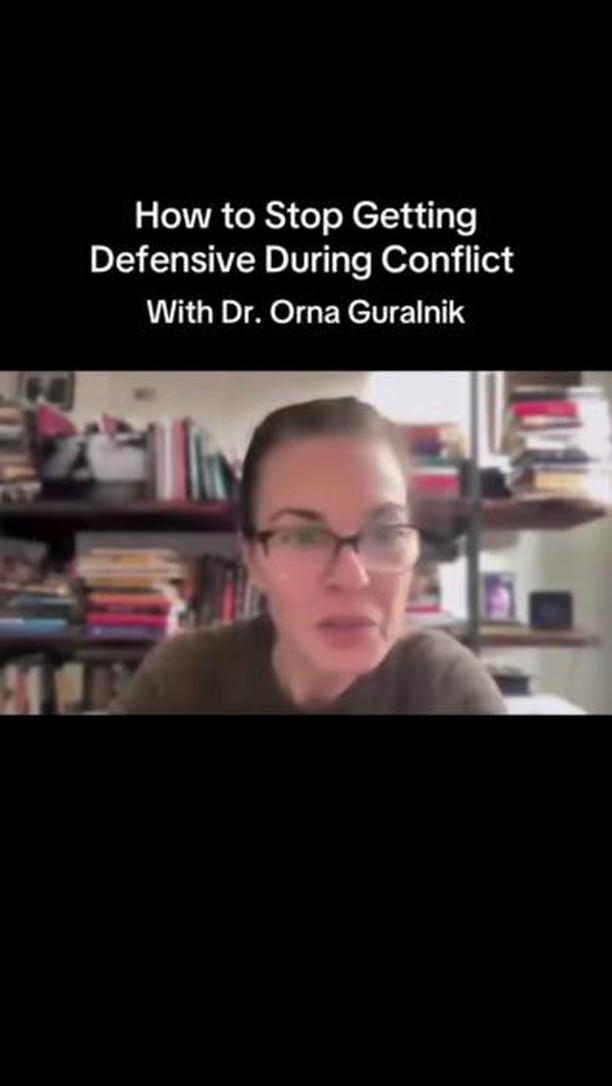o you act differently than others you know in a relationship? Are you always eager to spend time with your partner while others are a little more easy-going? Or maybe you like to avoid serious conversations whereas others seem to encourage them? According to attachment theory, this all comes down to your attachment style - think of it as the blueprint for how you relate to others in intimate relationships.
Understanding your attachment style can be a crucial step toward building healthier relationships and fostering emotional well-being. Learn from the OurRitual experts about attachment styles, the four types, and how to identify yours.
What is attachment style?
So, what is attachment style? Attachment style refers to how individuals emotionally connect with others in relationships. According to attachment theory, developed by psychologist John Bowlby, this is shaped and developed by our earliest experiences with our caregivers. This means that your attachment style closely resembles the dynamics you had with your primary caregiver(s) when you were an infant and/or child.
Your attachment style can impact how you respond and interact with your partner which is why understanding your style can help you navigate and improve your connections going forward.
The four types of attachment style
#1 Secure attachment
Those with a secure attachment style are believed to have had caregivers who were consistently responsive to their needs as infants. As a result of this, they developed a sense of security and trust in relationships. This means they feel comfortable with emotional intimacy, express their needs openly, and trust that their partner will always have their back.
How to identify secure attachment style:
If you have a secure attachment style, you will have a generally healthy self-esteem and find that you are more resilient in the face of challenges in your relationships. Communication is your strong suit and you are skilled in expressing your emotions and empathizing with your partner’s feelings.
#2 Anxious-preoccupied attachment
Anxious-preoccupied individuals experienced inconsistent caregiving during childhood. This might mean their caregiver was inconsistent in their parenting style - sometimes responsive and sometimes unavailable or distracted. As a result, they develop a fear of abandonment and a constant need for reassurance. They may fear rejection and feel anxious about the stability of their relationships.
How to identify anxious-preoccupied attachment style:
If you have an anxious-preoccupied attachment style, you may struggle with self-doubt and seek validation from others to help you feel secure. You may exhibit ‘clingy’ behavior, find it difficult to trust your partner’s intentions, and be overly sensitive to signs of rejection. To develop a secure attachment, try working on building self-esteem and learn strategies for keeping calm during times of distress.
#3 Avoidant attachment
Individuals with an avoidant attachment style are thought to have had caregivers who were emotionally distant, unavailable, or rejecting during infancy. This attachment style is characterized by an overall fear of intimacy and a tendency to maintain emotional distance in relationships. These individuals might prioritize independence and self-sufficiency, usually avoiding deep emotional connections.
How to identify avoidant attachment style:
If you have an avoidant attachment style, you may struggle with vulnerability and find it challenging to open up emotionally to your partner. You might value independence over intimacy and emotional closeness - so much so that you can feel overwhelmed when partners try to get too close. To develop a more secure attachment style, try recognizing these patterns and challenging them when they happen.
#4 Disorganized attachment
Disorganized attachment style, or fearful-avoidant attachment, is a combination of both anxious and avoidant attachment styles (making it a little less straightforward). Individuals with this style may have experienced a traumatic or abusive experience with their caregiver. They may exhibit conflicting behaviors, moving between the extremes of anxious and avoidant styles. This inconsistency can lead to difficulties in forming stable and healthy relationships.
How to identify disorganized attachment style:
If you have a disorganized attachment style, you may struggle with regulating your emotions, leading to unpredictable and sometimes self-sabotaging behavior in relationships. You might be reluctant to form a close bond with a partner but also feel an urge to be loved by others. Speaking with a professional is often recommended for individuals with disorganized attachment styles, this can provide you with a safe space to explore and process past traumas to help develop more stable relationship patterns.
OurRitual is on a mission to make good relationship care accessible to all. Our model was designed to remove barriers like cost, tight schedules, and partner participation. We do that with scientifically validated methods, supported by the most up-to-date research from the strongest names in the field.
Here’s how it works:
- You will work with a trained professional who can offer a wide variety of evidence-based interventions.
- In between your sessions, you will receive weekly videos with tried-and-tested knowledge and exercises focused on your specific needs and goals.
- The sessions with your dedicated expert will help you integrate what you learned into everyday life.
Start your journey with OurRitual today.













